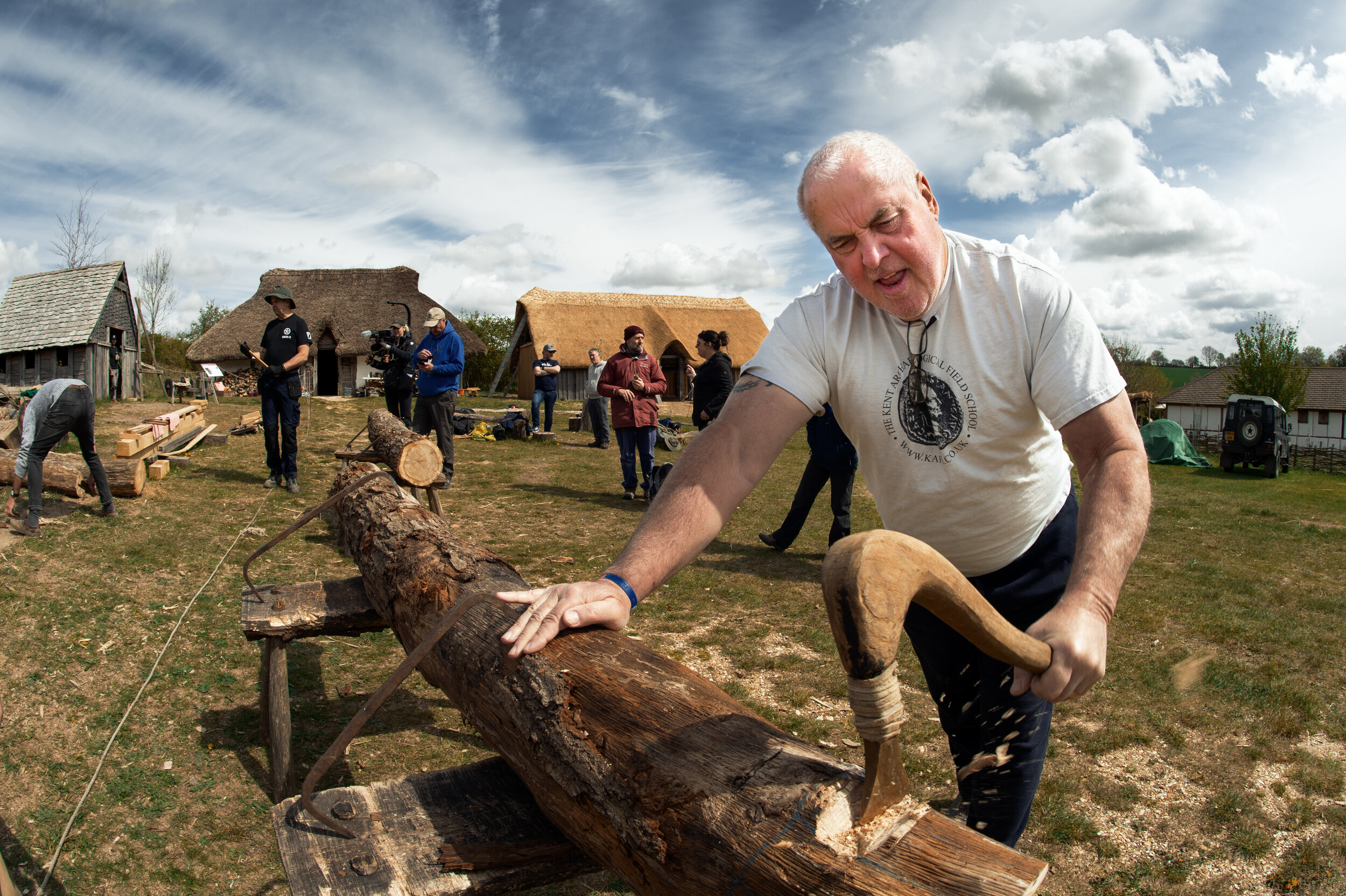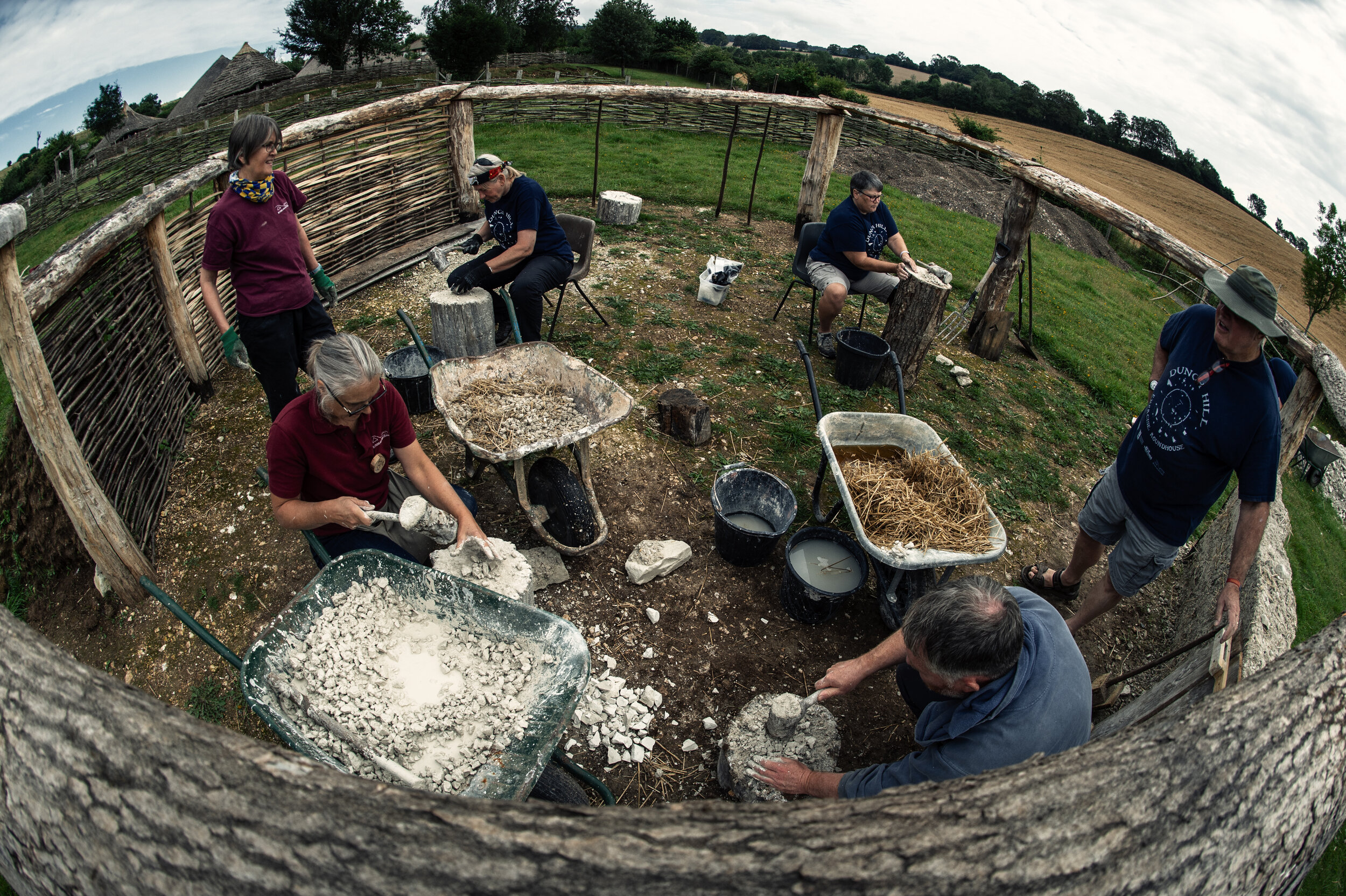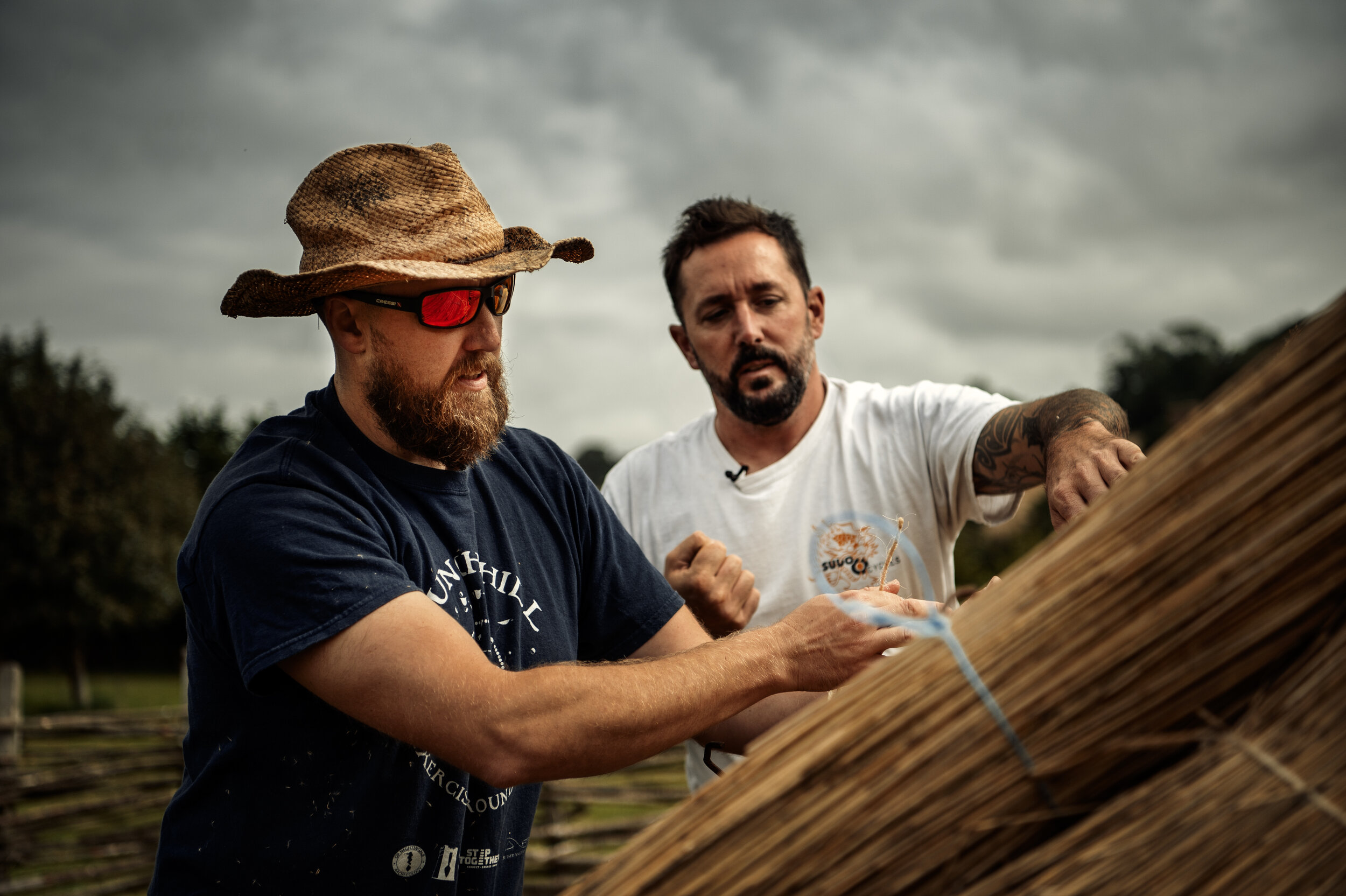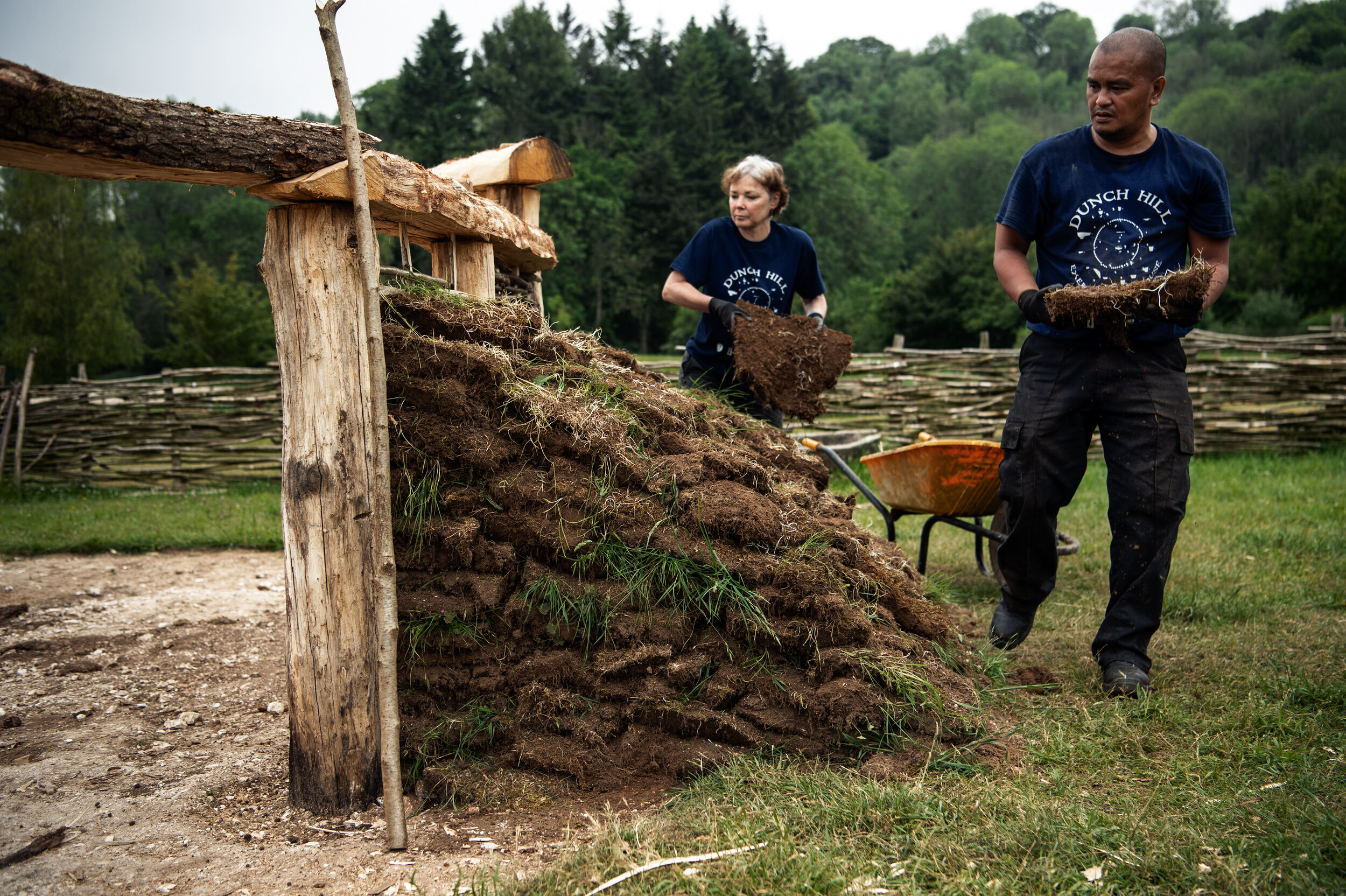In a special guest blog, Richard Osgood, Senior Archaeologist at Defence Infrastructure Organisation and co-founder of Operation Nightingale, reflects on the significance of the Bronze Age build project in the ongoing work of Operation Nightingale.
Operation Nightingale began in 2011 with the mission of trying to improve the lives of Wounded/Injured and Sick (WIS) military personnel and veterans using archaeology. The results, which are measured, have been most encouraging and even for those who are simply looking for some respite from the daily pressures of life there are positive outcomes. The global trials of the Covid pandemic have only served to heighten the challenges for these participants with a particular emphasis on mental-health and wellbeing. And this is where the Bronze Age house has proved invaluable. We were fortunate enough to excavate the location of a roundhouse on Salisbury Plain in between lockdown regimes – outdoors and socially distanced – and this led to discussions with Trevor and Butser on the potential to try to reconstruct these findings at the Ancient Farm.
Thanks to so many partners such as South Downs National Park, the Armed Forces Covenant Fund, Breaking Ground Heritage and Step Together – this became a reality. In what always seemed to be sun-drenched days from spring to autumn the team stripped turf, dug holes, shaped timbers, painted murals, smelted copper, cast bronze, carved figures and much more; a job for everyone. In so doing they forged their own bonds and friendships – some are also now guides at the farm, or have gone to University to study archaeology. This has been the Op Nightingale project with greatest longevity and diversity of activities thus far – in perhaps the most trying times too. The feedback from participants has been outstanding and our task now will be to build upon this (wattle and daub or clunch!) framework to maintain the benefits. The project will need maintenance – a real positive – and will also provide hugely important academic data on these structures and the longevity of their experimental walls.
Photographs by Harvey Mills Photography





